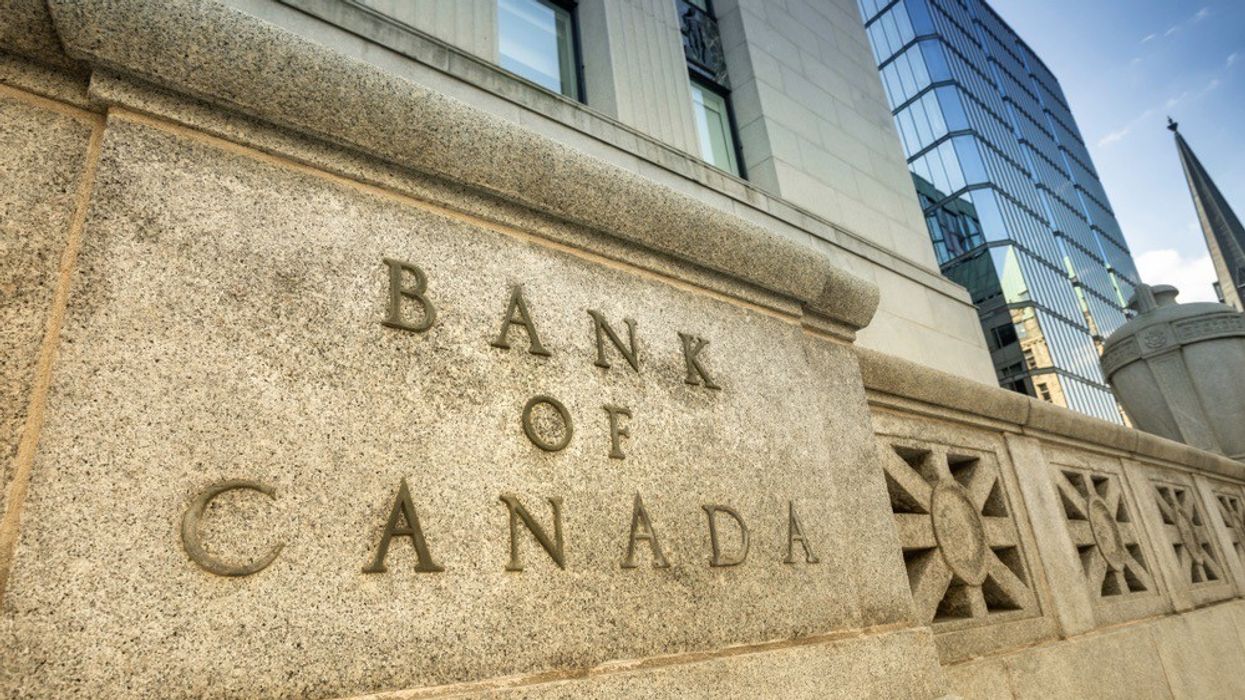It's a headline-making week for the Bank of Canada.
Yesterday, the central bank announced it would leave its policy interest rate unchanged at 0.25 percent until the economy has fully recovered from the pandemic.
Bank of Canada said it will maintain its commitment to hold the policy rate at the effective lower bound until economic slack is absorbed so that the 2% inflation target is sustainably achieved, and will maintain the target pace of its quantitative easing (QE) program at $2 billion per week.
In a speech this morning, Bank of Canada governor Tiff Macklem offered further details on the bank’s “monetary policy for the recovery,” outlining how it would eventually reduce monetary stimulus.
The Bank of Canada will raise interest rates before reducing its government bond holdings after it enters the “reinvestment phase” of the federal government bond buying program (QE), said Macklem.
Since the onset of COVID-19, Bank of Canada has bought around $336 billion CAD of government bonds from investors, purchasing $5 billion CAD each week in an effort to reduce yields on benchmark bonds and lower borrowing costs across the economy.
As lockdown restrictions eased and the economy began to improve, the bank reduced this amount three times to its current amount of $2 billion each week. Entering the aforementioned reinvestment phase will see the bank match its weekly purchases with the pace at which the bonds it already owns are maturing. This will see Bank of Canada purchase between $4-billion and $5-billion worth of government bonds a month, down from its $2 billion weekly commitment, according to Macklem.
Once these assets are stabilized, Macklem said the bank could move to raise interest rates before once again reducing the dollars allocated to purchasing government bonds.
“Eventually, the reinvestment phase will end, and we will stop purchasing bonds to replace the ones that are maturing, so our holdings of Government of Canada bonds will decline,” said Macklem. “It is reasonable to expect that when we do eventually need to reduce monetary stimulus, our first move will be to raise the target for the overnight rate -- our policy interest rate.”
According to Macklem, the reduction in purchases will take place in both the primary market and secondary markets. Currently, about 25% of the Bank of Canada’s weekly bond purchases are in the primary market, while 75% are secondary market buys.
Of course, it is uncertain when exactly the interest rate hike will occur, other than that it will obviously coincide with economic recovery.
“The governing council continues to expect the economy to strengthen in the second half of 2021, although the fourth wave of COVID-19 infections and ongoing supply bottlenecks could weigh on the recovery,” said Macklem.
As vaccines roll out and city streets begin to fill with traffic once again, the reality is that the future of the pandemic -- especially with the delta variant -- remains uncertain. As such, so does the ever-fragile economy. And if we've learned anything through this crisis, it's that things can change on a whim.





















